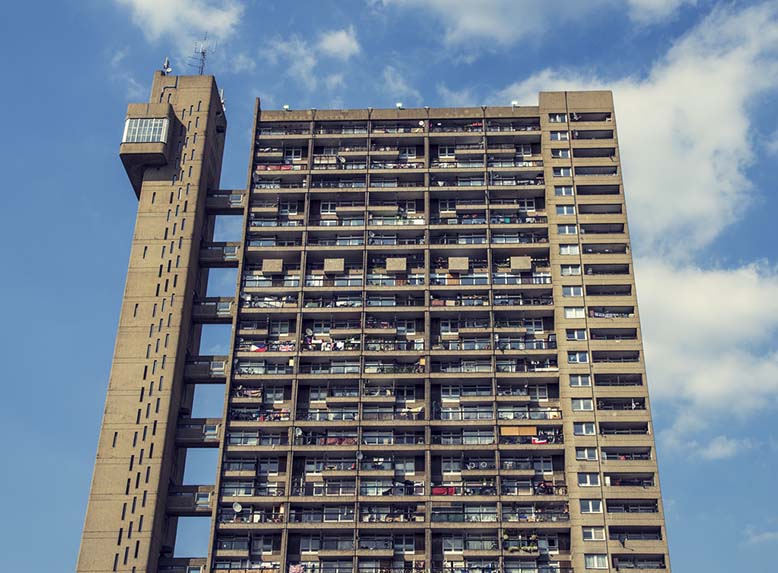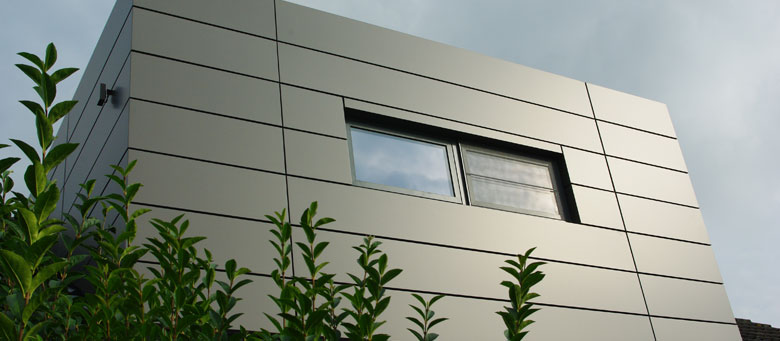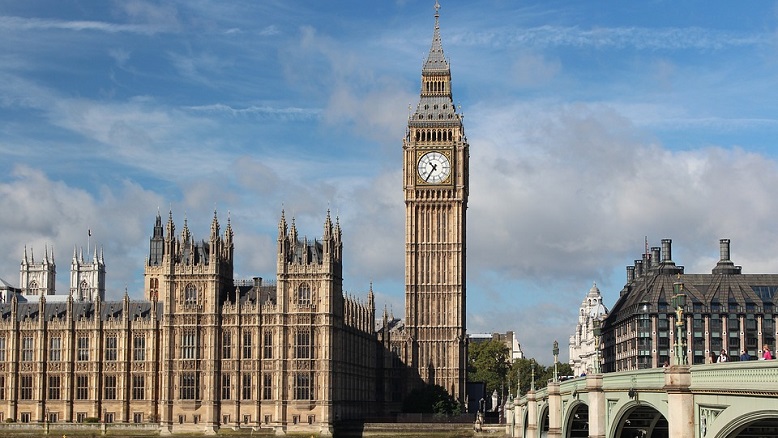Sustainability has been at the top of the agenda for many years but I have an ever-increasing feeling that much of the industry is missing the next step. Over recent years we have been placing our emphasis on the environmental and economic parts of sustainability, but we shouldn’t forget the fact that we are creating buildings for people and the well-being of these people should be the priority. So the question is: Are we putting buildings before people? Is it now time to place greater emphasis on people?
When you look at costs in relation to buildings, we freely talk about energy savings but our biggest cost is the people within them and this figure is an astonishing 90% of that overall cost. In addition it has been claimed that we spend over 90% of our time indoors and in an office environment. So why has the focus been put firmly on creating better buildings when, in fact, we should be creating buildings to make the occupants feel better, and in turn, happier and more productive? Imagine what we could achieve if we were able to increase productivity in an office by just 1% simply through creating a better working environment? Well, I have a feeling this is all about to change.
A couple of months ago it was alluded to in an article in Building magazine that the WELL Building Standard could soon be aligned with global sustainability standard BREEAM. The WELL Standard, created by US-based consultants Delos, measures human health and wellness using evidence-based medical and scientific research to help inform better design of buildings. To quote Delos founder Paul Scialla and Building magazine: “Delos are in talks with BRE about pairing the WELL Standard with BREEAM.” This could be a major step forward to aligning the performance of buildings with the wellness of its occupants as reinforced by Scialla who stated that he realised 7 years ago there was a “huge gap in regard to not enough understanding of how the built environment really is impacting biological sustainability as opposed to just environmental.”
BREEAM has long been the ‘go to’ standard to help deliver sustainable buildings. Used in more than 70 countries and with 24,000 projects around the world, and more than 2.2 million buildings and communities registered for certification, it is clear to understand the value that the built environment places on BREEAM. Whilst BREEAM does encourage occupier and building owners to continually monitor performance, it doesn’t go as far as looking and measuring occupier behaviours and well-being. Surely this is the next natural step? And, as if on cue, we have WELL.
Whilst the WELL Standard has been in existence for some years now – most actively in the USA – it is relatively new to Europe. However, Studio Ben Allen Architects’ One Carter Lane project has just become the first European project to receive the accreditation. One Carter Lane, the new London headquarters of engineers Cundall, is a 15,400ft² Cat-A office fit-out. The fit-out provides new workspaces for up to 180 employees and attained a BREEAM Excellent rating and SKA Gold certification – in addition to a WELL Gold standard.
The WELL Building Standard defines a set of compliance requirements that cover seven key areas: air, water, nourishment, light, fitness, comfort and mind. It looks at driving change towards more personal criteria such as stating that 30% of staff must have space to eat lunch together; materials such as desks and storage must use natural materials; and that the volatile organic compound (VOC) rating of all materials must be between negligible and zero, thus ensuring that office fixtures, fittings and fabric do not expel harmful chemical or organic emissions.
So how does all this help to improve well-being and, whilst we can measure productivity, how do we actually measure emotions such as happiness and the direct effect this has on outputs? And the big question is: What cost does this add to a project? According to Cundall it has added around 3% to the project value which equates to just £200 per head.
There are elements of WELL that will need to be addressed if it is to become mainstream in the UK, in much the same way that BREEAM has. For example, in the UK and many other European countries, certain standards are higher than those within WELL. A comparative base line will need to be created so we are not rewarding for going backwards. Also the business case will be different. In the US there is no NHS, instead private healthcare is provided by employers. As such there is a clear reason for US employers to adopt WELL to increase productivity and reduce their healthcare costs. We may need to look at incentives for UK employers.
In the case of the success of One Carter Lane, time will tell, but the initial reports do indicate that a working environment that promotes happiness, well-being, positivity and improved productivity has been created. The challenge is how do we adopt wellness in the same way that we have embraced sustainability?
For me, wellbeing is a vital part of every building – whether it is a school, a hospital, an office or a home. Buildings that make us feel comfortable, happy and calm are essential. With so much of our time spent indoors, and with illness costing UK businesses on average £550 per employee per year (a total of about £30bn, according to the Chartered Institute of Professional Development) it’s something that we all need to embrace – after all we build buildings for people.















Leave a Reply
Want to join the discussion?Feel free to contribute!